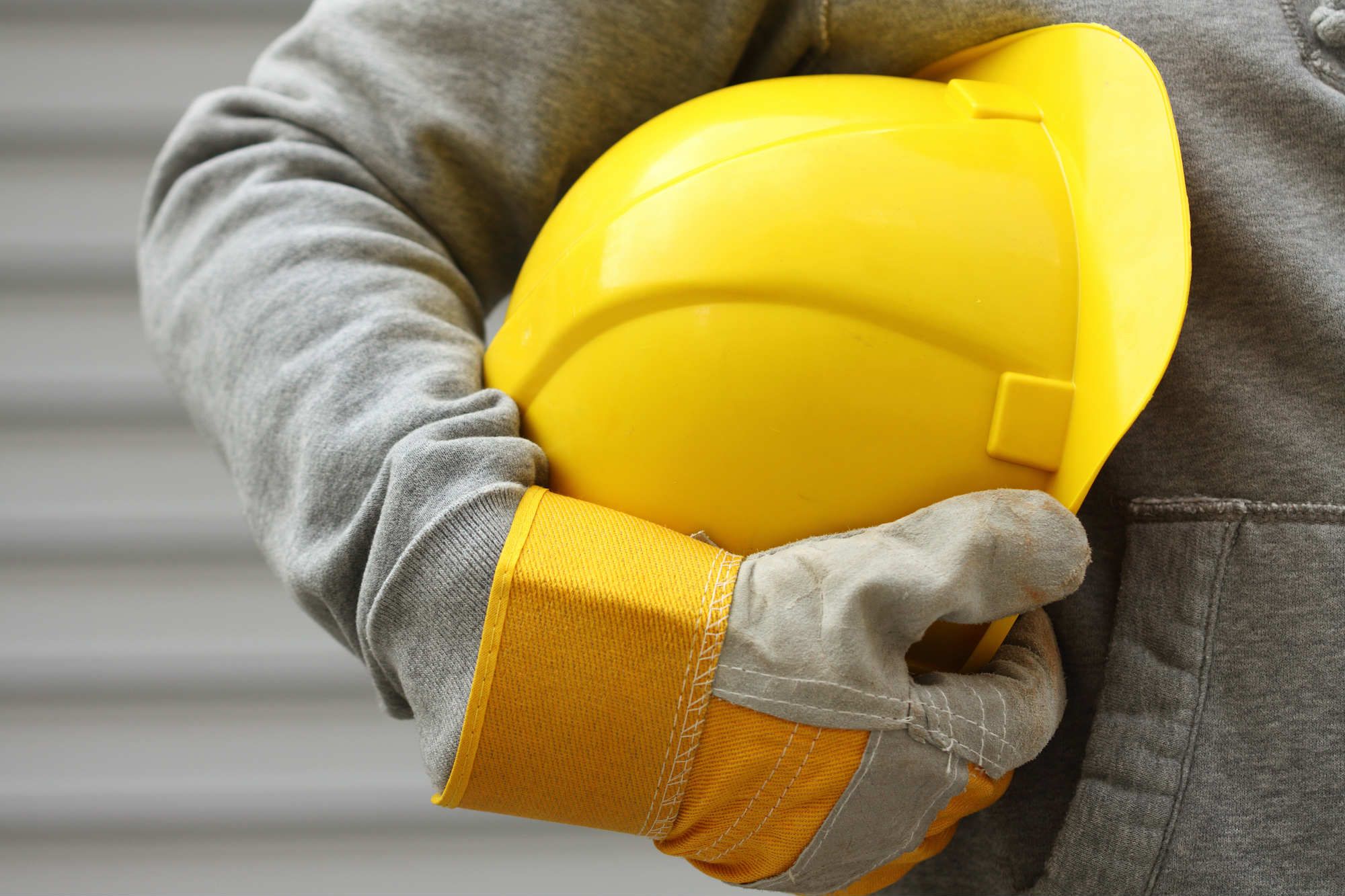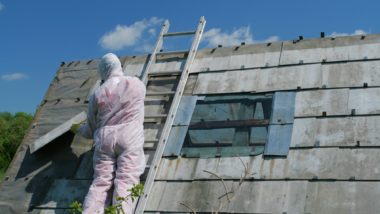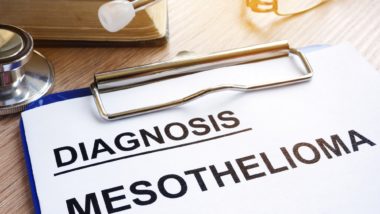Top Class Actions’s website and social media posts use affiliate links. If you make a purchase using such links, we may receive a commission, but it will not result in any additional charges to you. Please review our Affiliate Link Disclosure for more information.
While the heyday of industrial asbestos use was primarily in the mid-twentieth century and affected mostly males in certain construction and mechanical occupations. Many, decades after exposure, are just now filing asbestos mesothelioma lawsuits, and today’s workers are not “out of the woods” in terms of its dangers.
According to the University of Minnesota, once fibers become airborne, trace amounts of asbestos on your clothes can be carried around and be a source of second-hand asbestos exposure to all with whom you come in contact.
Old buildings with aged insulation, boiler systems, and floor coverings can present a problem if these elements are compromised without awareness or protection and fibers are released. Many people underestimate the amount of asbestos that is still around us in the facilities in which we do business every day. While unlikely unless you are in a building, demolition, plumbing, or mechanical field, it is still possible to bring asbestos on your clothes home to your family.
Can you shake asbestos on your clothes out?
As indicated by Chemcare of New Zealand, the fibrous mineral of asbestos can be “friable” or able to break into microscopic pieces, capable of doing harm at any size. These invisible pieces are held by the fabric and cannot be merely brushed off. Brushing or shaking the material almost guarantees more potential danger by causing the fibers to become airborne again, allowing for inhalation.
Can asbestos-contaminated clothing be washed in a standard home washing machine?
Contaminated clothing in the home washing machine may transfer asbestos fibers to other clothes in the load and present more of a risk than just eliminating the material from your wardrobe, according to Chemcare. Clothing to be thrown away needs to be wet down, sealed in a marked container, and taken to a licensed hazardous waste facility.
Federal law requires employers who have employees working in conditions where they are routinely exposed to asbestos to take additional safety measures to protect these workers.
In the U.S., a combination of regulatory agencies such as the Occupational Health and Safety Administration (OSHA), Environmental Protection Agency (EPA), and National Institute for Occupational Safety and Health (NIOSH) have made it a requirement of employers to provide facilities to change out of contaminated clothing and shower asbestos fibers off skin and hair. Employers who fail to comply with these laws may be subject to legal action.
Employers have to use licensed specialized laundry services to wash this clothing and their workers must not be allowed to take it home to wash in a standard machine.
What has been the history of second-hand asbestos exposure and illness?
Women and children were most likely to suffer from second-hand asbestos exposure and illness ranging from asbestosis to mesothelioma in the last century. The reason for this was because wives often did the laundry in households where the husband worked in shipbuilding, construction, and mechanical fields, and children often assisted.
According to a story posted by The Guardian in October 2004, one family provides an example of what became an epidemic of secondhand exposure.
The father, John F., worked for 25 years cutting asbestos ceiling panels from the early 1960s. He reportedly succumbed at age 67 of mesothelioma after a lengthy latency period typical of this illness in 1993. His eldest daughter Evelyn died three years later in 1996 from the same illness. According to her sister who talked to Guardian reporters, she was the sibling that helped launder their father’s clothes daily after he came home from work covered in white dust.
John’s wife, Barbara F., also reportedly passed away from the horrendous disease at age 71 in September 2004. The remaining child—the one that has yet to show any sign of asbestos-related illness—was the one who told reporters that she eschewed all housework and dedicated her days to carefree play. According to the Guardian, this reckless childhood abandon seemed to save her life from the deadly dust embedded in their dad’s clothing.
Any asbestos exposure can be a danger, even second-hand.
“There is no ‘safe’ level of exposure for any type of asbestos fiber,” notes the Occupational Safety and Health Administration (OSHA). “Asbestos exposures as short in duration as a few days have caused mesothelioma in humans.”
What are the side effects of second-hand asbestos exposure?
Second-hand asbestos exposure may cause the same conditions as direct exposure to the mineral. The asbestos particles on your clothes may be inhaled by family and friends, settling in their lungs or stomachs. Over time, these tiny particles may lead to inflammation of the lungs, mesothelium, or other tissue.
This irritation may cause mesothelioma, or cancer of the tissue lining the internal organs. Inhaled asbestos particles may also lead to lung cancer. Repeated inhalation of asbestos fibers may also cause asbestosis, a condition that causes lung scarring and shortness of breath, along with clubbing or widening of the fingers and toes, chest pain, and a persistent, dry cough.
Mesothelioma, lung cancer, and asbestosis may all take years or decades to develop, meaning that by the time symptoms of these disorders are recognized, it may be too late to repair the damage.
Mesothelioma is one of the most notable asbestos-related diseases because of its long latency period and aggressive nature. As with other asbestos related illnesses, mesothelioma may take decades to show up. A study of British asbestos workers found that average latency for mesothelioma diagnoses was 22.8 years amongst the 614 workers who died between 1978 and 2005. Researchers defined “latency” as the period of time between first exposure and the time of death.
“The latency period of mesothelioma is long but it is also highly variable, and can range anywhere from 13 to 70 years,” the researchers noted.
“A greater understanding of the factors that determine the duration between exposure to asbestos and development of mesothelioma could help to improve predictions of the future number of cases; it could help to attribute new cases to past exposures (for example, to a particular time period or occupation), and it could aid the understanding of the disease process.”
Although there have been significant controls implemented in America and around the world to protect consumers from asbestos exposure and subsequent mesothelioma, the long latency period means that people are still regularly diagnosed with the disease. Especially considering the widespread asbestos exposure following 9/11 and the recent reports of asbestos found in talc-based products, mesothelioma will likely be a threat for years to come.
Unfortunately, once the disease is diagnosed, it is aggressive and often deadly. The CDC’s Agency for Toxic Substances & Disease Registry notes that one year survival rates are less than 30%, with median survival times between 8 and 14 months.
Being proactive and reducing your and your family’s asbestos exposure before symptoms of these dangerous conditions develop may be one way to prevent asbestos-related conditions. Asbestos is still in use today, so if you work in an occupation that causes you to regularly get asbestos on your clothes, you may be able to protect your family by wearing protective gear at work and changing clothes before coming home.
Filing an asbestos cancer lawsuit
A growing number of people are coming forward with litigation, alleging that they were diagnosed with mesothelioma, lung cancer, or another asbestos-related disease after exposure to asbestos. Oftentimes, this exposure has been to workers in industries like construction, shipping, electricity, or the military, but second-hand exposure such as to family members exposed to asbestos on their parent’s clothes is also a risk. Victims of asbestos cancer and their family members have been awarded millions of dollars in compensation for asbestos-related diseases.
If you or someone you love has been diagnosed with mesothelioma or another asbestos disease after exposure to the dangerous mineral, you may be able to file a lawsuit and pursue compensation. Of course, filing a lawsuit cannot take away the pain and suffering caused by cancer, nor can it bring a loved one back to life, but it can at least help to alleviate the financial burden too often incurred by medical expenses, lost wages, and more.
Filing a lawsuit can be a daunting prospect, especially in the wake of a cancer diagnosis, so Top Class Actions has laid the groundwork for you by connecting you with an experienced attorney. Consulting an attorney can help you determine if you have a claim, navigate the complexities of litigation, and maximize your potential compensation.
Join a Free Asbestos Mesothelioma Class Action Lawsuit Investigation
Do YOU have a legal claim? Fill out the form on this page now for a free, immediate, and confidential case evaluation. The attorneys who work with Top Class Actions will contact you if you qualify to let you know if an individual asbestos lawsuit or asbestos class action lawsuit is best for you. [In general, asbestos mesothelioma lawsuits are filed individually by each plaintiff and are not class actions.] Hurry — statutes of limitations may apply.
ATTORNEY ADVERTISING
Top Class Actions is a Proud Member of the American Bar Association
LEGAL INFORMATION IS NOT LEGAL ADVICE
Top Class Actions Legal Statement
©2008 – 2024 Top Class Actions® LLC
Various Trademarks held by their respective owners
This website is not intended for viewing or usage by European Union citizens.
Get Help – It’s Free
Join a Free Asbestos Mesothelioma Class Action Lawsuit Investigation
If you or a loved one were exposed to asbestos and developed mesothelioma, lung cancer, or cancer in the lining of the lungs, abdomen or chest cavity, you may be able to take legal action against the companies responsible. Don’t delay – in most states the statute of limitations is two years to file an asbestos lawsuit after you’re diagnosed. Obtain a free and confidential case evaluation by filling out the form below.
An attorney will contact you if you qualify to discuss the details of your potential case at no charge to you.
PLEASE NOTE: If you want to participate in this investigation, it is imperative that you reply to the law firm if they call or email you. Failing to do so may result in you not getting signed up as a client or getting you dropped as a client.
Oops! We could not locate your form.














